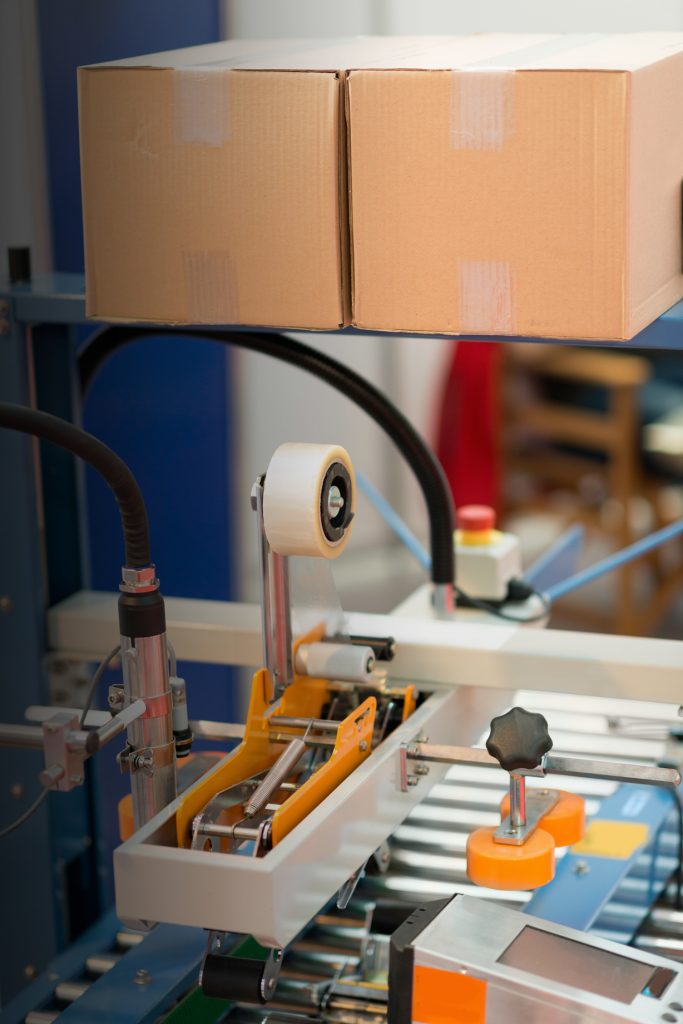
How long does the implementation of ibcsTiger system take?
How long does the implementation of ibcsTiger system take?
Choice of the right RFID reader for given solution is a key matter, because this is the ‘brain’ of the whole system. RFD reader has its own unique features that should be considered before the solution is implemented, but in order to narrow down search of the right RFID reader, 3 basic steps should be considered:
- Antenna ports – number of required reading points depends on the application, and the possibility to extend them and/or add more quantity depends on the number of RFID antennas. The number of antennas that can be disposed is directly connected to the number of antennas served by the reader. Due to this, the number of antenna ports available on the reader has to be taken into account while selection process. The readers are usually available in 2 port, 4 port and 8 port versions. Some readers can use multiplexers for developments and using up to 32 RFID antennas.
- Communication method – if the application does not require the reader to be placed in the network, it may be connected directly to host computer via RS-232 cable, Ethernet cable or USB cable. If the application requires the reader to be connected to the network, Ethernet or WiFi may be used. Using RFID system in the network will help reduce price if we are using configuration with many readers, because we don’t need a host computer for each reader.
- Region of operation – countries or commonwealths have their own regulations defining RFID UHF transmission, and for implementing RFID system, it is vital to choose such a reader that will operate within the rules of a given country. If the reader is configured to transmit in 902-928 MHz in country that standardized 865-868 MHz bandwidth for RFID, such use will be misaligned to local frequency regulation. In Europe, the regulation is 865-868 MHz.
What is the difference between integrated and non-integrated RFID readers?
Integrated RFID reader connected RFID reader and RFID antenna in one device, thanks to which external antenna is not needed. If additional antennas are needed, an integrated reader can service additional external antennas.
Non-integrated RFID reader has no in-built RFID antenna. It services many external antenna (from 2 to 32), depending on the model of reader and detection area.
A solution that requires use of traditional, non-integrated reader will be relatively cheaper than a solution that uses integrated readers. However, the possibility to own many antennas significantly increases area that can be covered. Additionally, because no antenna is built in, non-integrated FRID readers provide flexibility of choice for the user, free combination of the antennas to get the achieve effect, from proximity antennas of low amplification to long range antennas of great amplification.
Basic options and functions of RFID readers
Each year, new models of RFID readers appear on the market. It is important to know advantages and disadvantages of each of them as well as any additional functions that can influence RFID solution. Before digging deep into functions available in RFID readers, you should get to know two main categories of readers:
- Fixed RFID readers are usually high efficiency devices with two, four, eight antenna ports. They provide significant power, are often designed to operate in difficult external conditions.
- Handheld RFID readers, that can be classified in two groups:
- mobile terminals with integrated RFID antenna – no additional antenna ports,
- mobile readers that gain RFID functionality only after adding additional scanning handle. Communication between handle and reader is based on Bluetooth/NFC or a special corrector.
Charging RFID readers
Charging mode is one of the first options that should be checked when buying RFID reader. In some industrial or logistic applications, charging points are limited or inaccessible, which significantly narrows down the choice. Four charging options are available for RFID readers:
- AC adapter – the most common way to charge RFID reader is connecting it to electrical socket with a power supply. Before use, you should check if the socket is close to the place where reader is installed.
- PoE (Power over Ethernet) – popular way to charge RFID reader. PoE uses Ethernet cable to charge the reader as well as to send and receive data. The advantage of PoE (in comparison to power supply) is elimination of charging infrastructure and more possibilities to install the reader in places with difficult access.
- Battery – typical charging for handheld readers. Batteries provide necessary power and enable wireless and mobile work.
- Car charging – there are RFID solutions mounted in vehicles (e.g. forklift, truck) that can be powered by charging available in the vehicles.
RFID readers communication
RFID reader can be connected directly to host computer or visible in the network. Connection to the network allows for better flexibility than connection to the computer. There are few types of communication:
- LAN (Local Area Network) the connection uses Ethernet cable to connect to the network,
- Wi-Fi,
- Bluetooth enables the reader to connect to the computer, while remaining wireless,
- Serial port uses 9-pin serial cable or USB for direct connection with host computer. Serial connection is optimal for simple solution with one reader and computer, with no need to use additional network functions,
- Auxiliary port is used by some handheld devices extended with RFID module.
GPIO (general-purpose input/output)
GPIO, general-purpose input/output are used in RFID readers to operate optional devices, such as signal columns, motion sensors, etc. Input signal is sent by external device, e.g. motion sensor can order RFID reader to work in a given moment. Reading or no reading of a given RFD tag may trigger action, such as turning on green light or sound signal.

